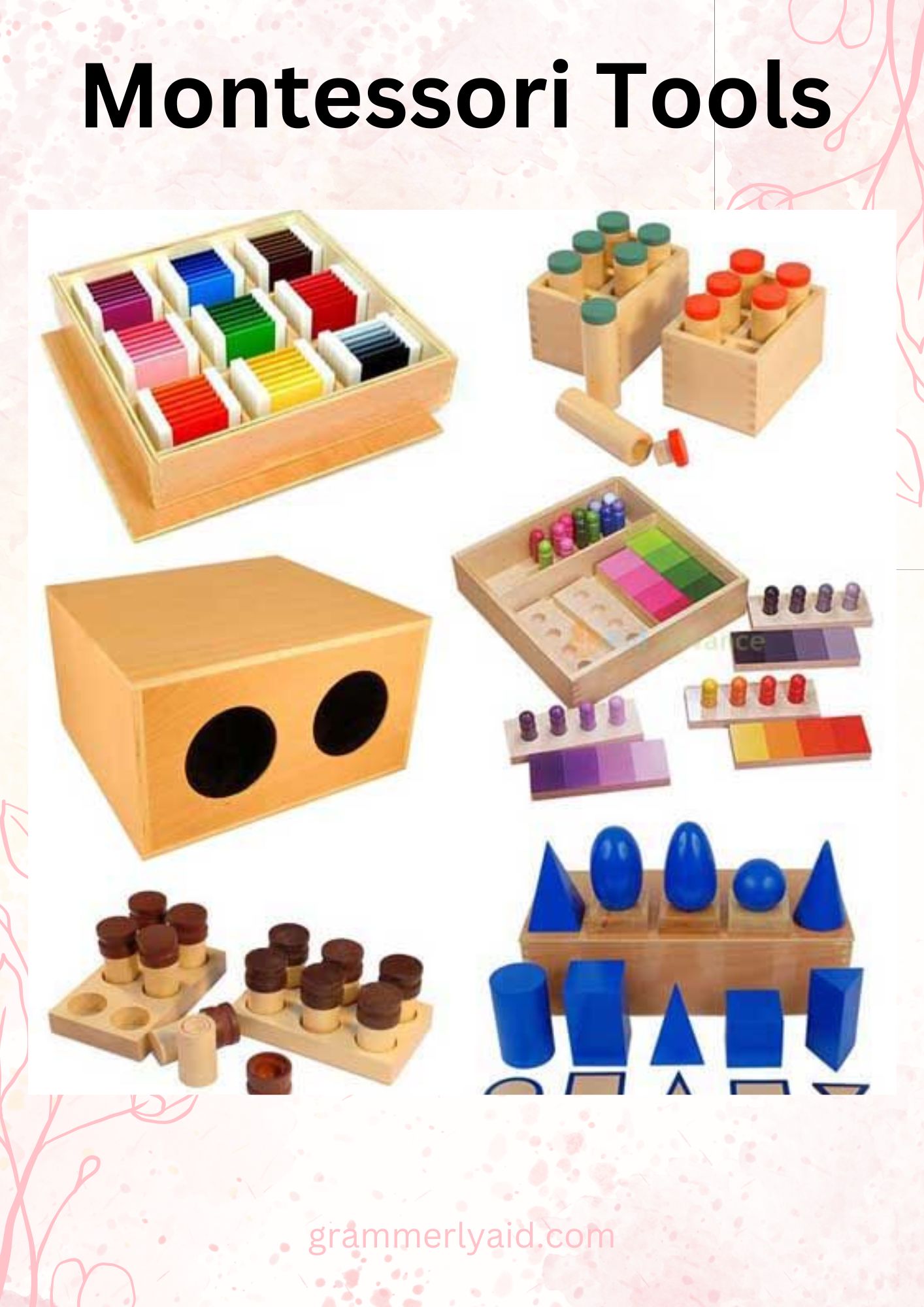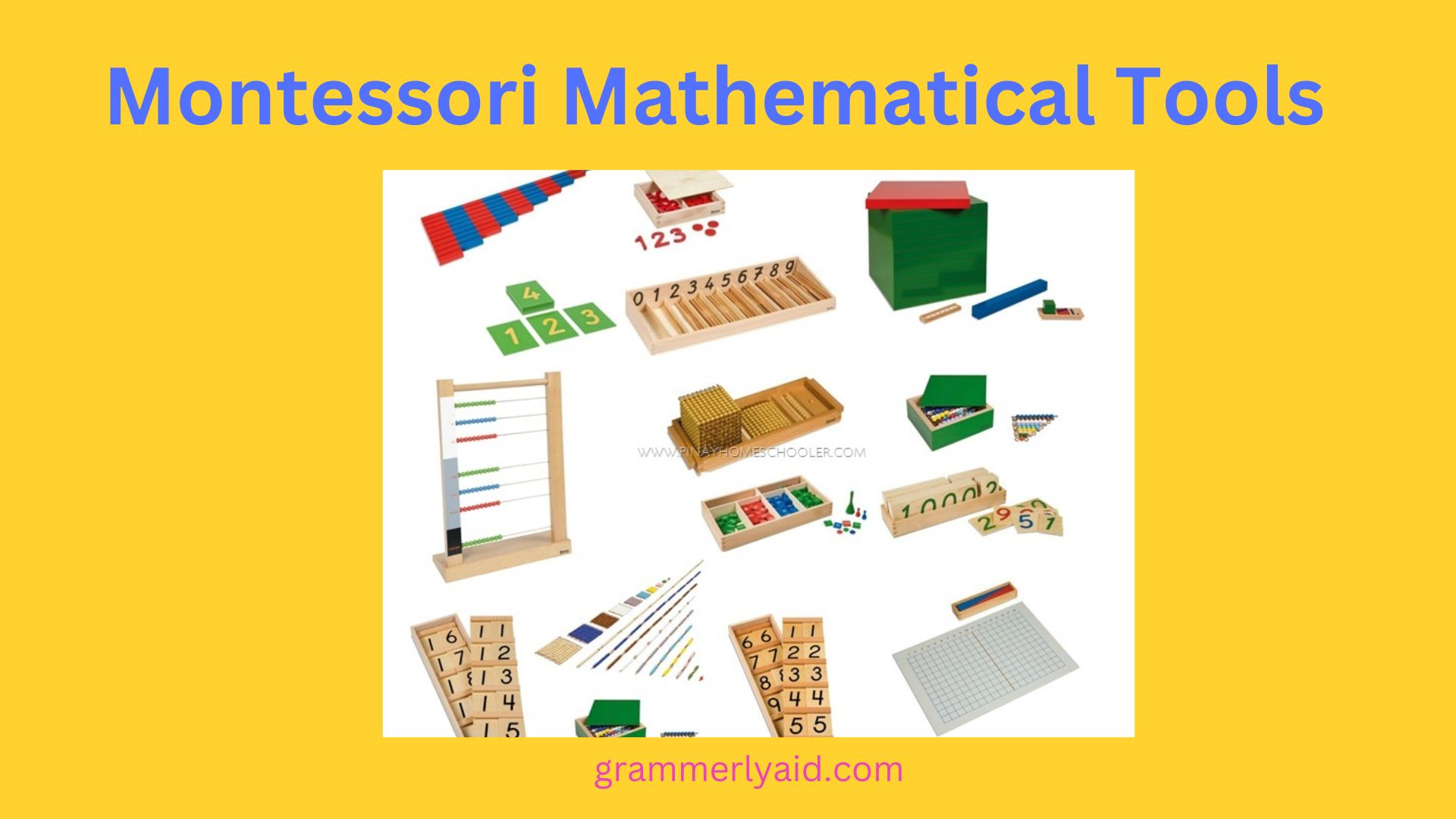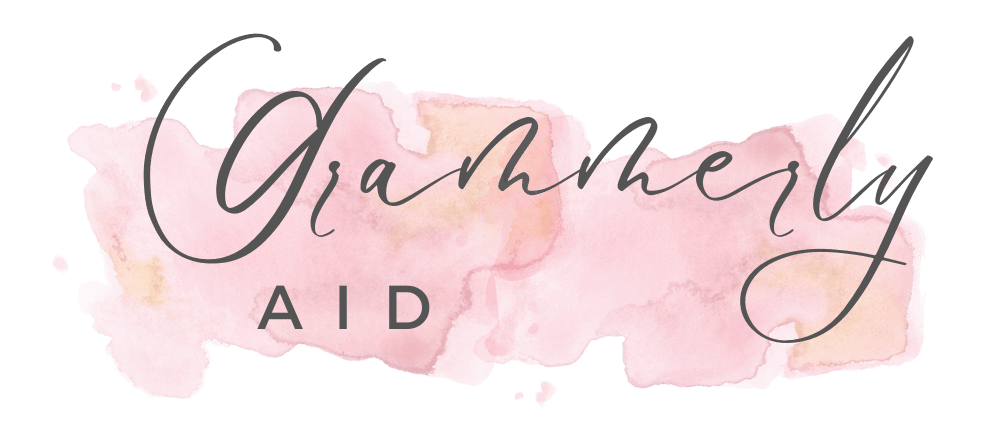Montessori materials, also known as Montessori tools or Montessori manipulatives, are educational tools designed based on the principles of the Montessori method, which was developed by Dr. Maria Montessori. These materials are carefully crafted to aid children’s learning and development across various domains, including sensory, motor skills, mathematics, language, and practical life skills.
Table of Contents show
Montessori Theory:
Montessori education is an educational approach developed by Italian physician and educator Maria Montessori. It emphasizes independence, freedom within limits, and respect for a child’s natural psychological, physical, and social development. Montessori classrooms are typically mixed-age and child-directed, with specially designed materials to facilitate learning. The Montessori method has eight core principles that guide its implementation:
- Respect for the Child: Acknowledges the child as a unique individual with innate abilities and potential.
- The Absorbent Mind: Recognizes the child’s ability to effortlessly absorb knowledge from their environment, especially during early developmental stages.
- Sensitive Periods: Identifies critical periods in a child’s development where they are particularly receptive to acquiring specific skills or knowledge.
- Prepared Environment: Emphasizes the importance of creating a carefully structured learning environment that promotes exploration, discovery, and independence.
- Auto-Education: Highlights the child’s natural inclination to learn and develop through self-directed activities.
- Observation and Guidance: Advocates for the role of the teacher as a facilitator who observes the child’s interests and needs, providing guidance and support when necessary.
- Freedom with Limits: Encourages independence and freedom of choice within a framework of clear boundaries and guidelines.
- The Role of the Teacher: Views the teacher as a guide and observer, fostering the child’s development through thoughtful interventions and interactions rather than direct instruction.
Here are some common Montessori materials used in Montessori education:

1. Sensorial:
These Montessori materials are designed to help children refine their senses and develop cognitive skills such as discrimination, grading, and seriation. Examples include:
- Sensorial blocks: These blocks come in various shapes, sizes, and textures to help children explore differences in dimensions and textures.
- Color tablets: These tablets help children differentiate and match colors.
- Sound cylinders: Children match cylinders with the same sound by shaking them and listening to the sound they produce.
2. Practical Life:
Practical life Montessori materials help children develop practical life skills such as pouring, scooping, buttoning, and tying shoelaces. Examples include:
- Pouring activities: Children pour water or grains from one container to another to enhance hand-eye coordination and concentration.
- Dressing frames: Frames with different types of closures (buttons, zippers, snaps) to help children learn to dress themselves.
3. Mathematics:
Montessori math materials are designed to help children understand abstract mathematical concepts through concrete experiences. Examples include:
- Number rods: These rods help children understand the concept of quantity and introduce them to the decimal system.
- Sandpaper numerals: Numerals made of sandpaper that children trace to learn the shapes and formations of numbers.
- Bead materials: Colorful beads used for counting, addition, subtraction, multiplication, and division.
4. Language:
Montessori language materials help children develop literacy skills such as reading, writing, and language comprehension. Examples include:
- Sandpaper letters: Letters made of sandpaper that children trace to learn letter shapes and sounds.
- Movable alphabet: A set of letters that children use to build words and sentences.
- Picture cards: Cards with images and corresponding labels to help children develop vocabulary and language comprehension.
5. Cultural:
These Montessori materials introduce children to concepts in geography, history, science, and art. Examples include:
- Puzzle maps: Maps of continents, countries, and regions that children can manipulate and explore.
- Botany puzzles: Puzzles that introduce children to the parts of plants and trees.
- Zoology materials: Materials that introduce children to various animals and their characteristics.
Montessori materials are carefully designed to be self-correcting, meaning that children can learn independently by identifying and correcting their own mistakes. They are also designed to encourage exploration, creativity, and a love for learning. These materials play a crucial role in the Montessori educational approach, which emphasizes hands-on learning, individualized instruction, and respect for each child’s unique developmental journey.
How to use different Montessori Materials?
In this article, we will focus mainly on sensorial, practical life and mathematical Montessori materials.
Sensorial materials in Montessori education are designed to help children refine and develop their senses. These materials are carefully crafted to provide children with opportunities to explore and differentiate sensory experiences, including visual, tactile, auditory, olfactory, and gustatory sensations.
Here are some common sensorial materials used in Montessori classrooms along with their names and how they are used:
1. Pink Tower:
The Pink Tower consists of ten wooden cubes varying in size from 1 cubic centimeter to 10 cubic centimeters. Children are introduced to the Pink Tower as an exercise in visual discrimination, coordination, and size gradation. They learn to stack the cubes from largest to smallest and vice versa, refining their visual discrimination skills and developing hand-eye coordination.
2. Brown Stair:
Similar to the Pink Tower, the Brown Stair consists of ten wooden prisms varying in width and length but having the same height. Children use the Brown Stair to develop their visual discrimination skills by arranging the prisms from widest to narrowest and vice versa. The Brown Stair also helps children understand concepts of dimension, width, and length.
3. Red Rods:
The Red Rods consist of ten wooden rods varying in length from 10 centimeters to 1 meter. The rods are all the same width and height but differ only in length. Children use the Red Rods to develop their visual discrimination, depth perception, and size gradation skills. They arrange the rods from longest to shortest and vice versa, exploring concepts of length and proportion.
4. Knobbed Cylinders:
Knobbed Cylinders are sets of wooden cylinders varying in height and diameter but having the same width and color of knob. Each cylinder has a knob at the top for easy manipulation. Children use Knobbed Cylinders to refine their visual discrimination and depth perception skills by fitting the cylinders into corresponding holes in a wooden block.
5. Sound Cylinders:
Sound Cylinders consist of pairs of metal cylinders that produce different sounds when shaken. Each pair of cylinders produces a distinct sound that children learn to discriminate and match. Sound Cylinders help children develop their auditory discrimination skills and refine their ability to differentiate between sounds.
6. Touch Tablets:
Touch Tablets are sets of wooden tablets with different surface textures, such as rough, smooth, bumpy, and soft. Children use Touch Tablets to explore and classify different tactile sensations. They learn to identify and match textures, developing their tactile discrimination skills and sensory awareness.
7. Color Tablets:
Color Tablets are sets of wooden tablets painted in various colors, including primary, secondary, and tertiary colors. Children use Color Tablets to explore and match different colors, developing their visual discrimination and color recognition skills. They learn to categorize colors and identify color gradations.
These Montessori materials for sensorial activities are carefully designed to engage children’s senses and provide opportunities for exploration, discovery, and learning. Through hands-on experiences with sensorial materials, children develop important cognitive, perceptual, and motor skills that form the foundation for further learning and development.
Practical Life materials in Montessori education are designed to help children develop independence, coordination, concentration, and care for themselves and their environment. These materials focus on everyday activities that children encounter in their daily lives. Practical Life activities also help children develop fine and gross motor skills, hand-eye coordination, and attention to detail.
Here are some common Practical Life materials used in Montessori classrooms along with their names and how they are used:
1. Pouring Activities:
These activities involve transferring liquids from one container to another. Children use small pitchers and cups to pour water, rice, or beans from one container to another. This helps them develop hand-eye coordination, pouring skills, and concentration.
2. Transferring Activities:
Transferring activities involve moving objects from one place to another using tools such as spoons, tongs, or tweezers. Children transfer objects like beans, pasta, or marbles from one bowl to another, developing fine motor skills and hand control.
3. Dressing Frames:
Dressing frames are wooden frames with different types of fasteners attached, such as buttons, snaps, zippers, and buckles. Children practice opening and closing these fasteners, buttoning shirts, zipping jackets, and tying shoelaces. Dressing frames help children develop independence in dressing themselves and refine their fine motor skills.
4. Food Preparation:
Food preparation activities involve simple tasks such as slicing fruits and vegetables, spreading butter on bread, or peeling oranges. Children use child-sized knives, spreaders, and peelers to prepare snacks or meals. These activities help children develop hand-eye coordination, food preparation skills, and independence in the kitchen.
5. Care of Environment:
Care of environment activities involve tasks such as sweeping, dusting, washing dishes, and arranging flowers. Children use child-sized brooms, dustpans, sponges, and cleaning cloths to clean and maintain their classroom environment. Care of environment activities instill a sense of responsibility, respect for the environment, and pride in keeping their surroundings clean and orderly.
6. Grace and Courtesy:
Grace and courtesy activities involve practicing polite greetings, saying “please” and “thank you,” and using polite language in social interactions. Children learn to greet each other with a handshake or a hug, take turns, and respect each other’s personal space. Grace and courtesy activities help children develop social skills, empathy, and respect for others.
7. Watering Plants:
Children are given small watering cans and are responsible for watering the plants in the classroom. This activity teaches them to care for living things, develop a sense of responsibility, and understand the needs of plants.
Practical Life materials provide children with meaningful, purposeful activities that contribute to their holistic development and foster independence and self-confidence. These activities also help children develop a sense of order, concentration, and coordination that prepares them for more advanced academic work.
Mathematical Materials:
Mathematics materials in Montessori education are designed to provide children with concrete experiences that help them understand abstract mathematical concepts. These materials allow children to explore and manipulate quantities, shapes, and mathematical operations in a hands-on manner.
Here are some common Montessori mathematics materials along with their names and how they are used:

Number Rods:
Number Rods consist of ten wooden rods varying in length from 10 centimeters to 1 meter. Each rod represents a quantity from 1 to 10. Children use Number Rods to develop their understanding of quantity, sequence, and the concept of one-to-one correspondence. They also explore concepts of addition, subtraction, and number recognition by manipulating the rods.
Sandpaper Numerals:
Sandpaper Numerals are wooden or cardboard cards with the numerals 0 through 9 printed on them. Each numeral is printed in sandpaper to provide a tactile experience. Children trace the numerals with their fingers, helping them learn the shapes and formations of numbers. Sandpaper Numerals assist in developing numeral recognition and writing skills.
Number Cards and Counters:
Number Cards and Counters consist of a set of numeral cards (usually 1 through 10) and a corresponding number of counters or objects (such as beads or buttons). Children match each numeral card with the correct number of counters, reinforcing numeral recognition and quantity association. This material helps children develop one-to-one correspondence and basic counting skills.
Bead Materials:
Bead Materials are used for teaching basic arithmetic operations such as addition, subtraction, multiplication, and division. These materials consist of colorful beads arranged on wires or in boxes. For addition and subtraction, children use the beads to physically combine or separate quantities. For multiplication and division, children group and regroup the beads to understand the concepts. Bead Materials provide a concrete representation of abstract mathematical operations.
Golden Beads:
Golden Beads are used to introduce children to the decimal system and place value concepts. The set consists of golden-colored beads representing units, tens, hundreds, and thousands. Children use the beads to build and manipulate numbers, learning the relationship between place value and quantity. Golden Beads help children understand the concept of carrying over and borrowing in addition and subtraction.
Stamp Game:
The Stamp Game is a material used for teaching addition, subtraction, multiplication, and division with larger numbers. It consists of colored paper strips representing units, tens, hundreds, and thousands, as well as number cards and small squares representing individual digits. Children use the stamps to perform mathematical operations, visually representing the process and understanding the place value concepts involved.
Fraction Circles:
Fraction Circles are circular pieces of paper or plastic divided into fractional parts (halves, thirds, fourths, etc.). Children use Fraction Circles to explore and compare fractions, understand equivalence, and perform operations such as addition and subtraction of fractions. Fraction Circles provide a visual and tactile representation of fractional concepts.
These Montessori materials for mathematics are carefully designed to provide children with hands-on experiences that promote understanding, discovery, and mastery of mathematical concepts. By engaging with these materials, children develop a strong foundation in mathematics and a deep conceptual understanding that prepares them for more advanced mathematical learning.
Sensorial, Practical Life, and Mathematics Montessori materials play a crucial role in fostering holistic development and preparing children for academic success.
In conclusion, these Montessori materials are important because they offer rich and developmentally appropriate learning experiences that cater to the diverse needs and interests of children. By engaging in sensorial exploration, practical life activities, and mathematical manipulations, children not only acquire academic knowledge but also develop essential skills, attitudes, and dispositions that support their overall growth and success.

